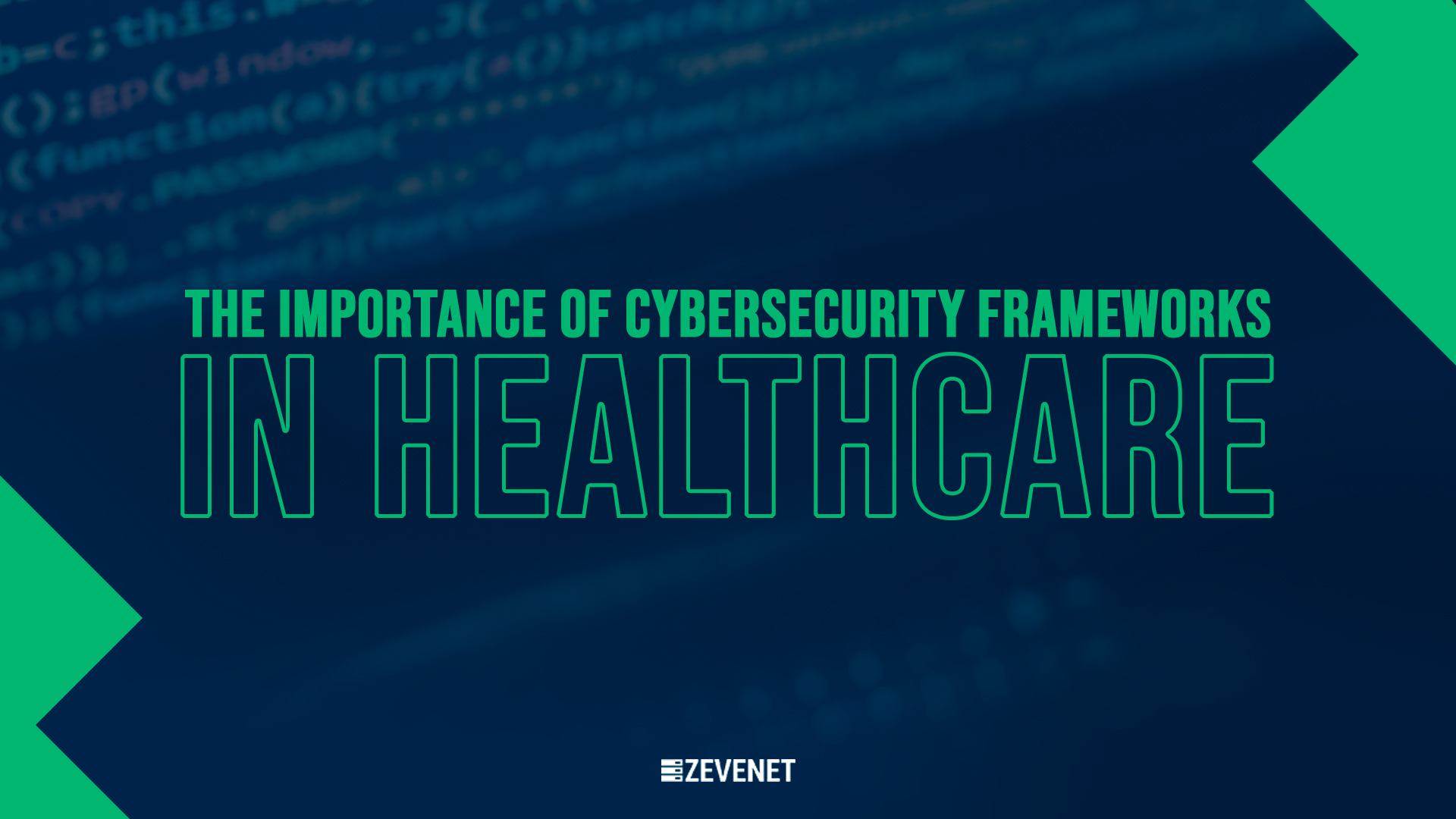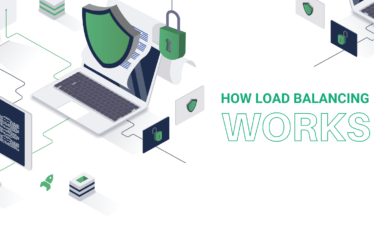
Healthcare is highly vulnerable to security threats, just like any other industry. Nowadays, cyberattacks in healthcare are very common leading to a lot of risks, specifically security risks to be addressed by healthcare organizations.
Cybersecurity in healthcare involves protecting electronic information and assets from unauthorized access, use, and disclosure. There are mainly three goals of cybersecurity: protecting the confidentiality, integrity, and availability of the information.
Importance of cybersecurity in Healthcare
Aligning cybersecurity with patient safety will not only help the organization protect patients’ privacy and safety but will also ensure continuity in the effective delivery of high-quality care by mitigating the disruptions that can have a negative impact on the clinical outcome.
Cybersecurity Healthcare Threats
It is very important to be aware of some of the threats that can be harmful to the healthcare business.
Man-In-The-Middle Attack
Address resolution protocol cache poisoning
Malicious Network Traffic
HTTPS Spoofing
Ransomware
Phishing
About Healthcare Cybersecurity Framework
The Cybersecurity Framework (CSF) is a guide that is based on pre-existing guidelines and practices. It helps in reducing the Cybersecurity risk in Healthcare by maintaining the management process. Besides, providing an adaptive and effective approach the framework also offers administrators with managing important data and predicting cybersecurity threats.
In general, Frameworks are the roadmaps important for securing the IT systems.
There are mainly three components of each CSF:
Profiles – It is basically the arrangement of an organization’s premises, goals, and assets against the framework’s core result. They align the support prioritization, industry standards and practices, and measurement according to the business requirements.
Framework Core – It enables communication of all types of cybersecurity risks across the organization.
Implementation tiers – It helps in finding the right level of thoroughness for a security program.
Main goals of the Healthcare Cybersecurity Framework
Non-stop improvement
Description of target security posture
Description of the current security situation
Assess progress towards target posture
Communication-related risk
Main Compliance Requirements of Cybersecurity in Healthcare
It is important for healthcare solutions to comply with the requirements set by national regulators. Some of the main compliance requirements are:
HIPPA
CCPA
GDPR
PIPEDA
HITECH
Why Cybersecurity Framework in Healthcare
There has always been a need for data security and privacy in the Healthcare sector. Therefore it is important to secure sensitive data within an organization.
There are several reasons for the security breach but human error contributes the most. Healthcare workers may misuse their access to the internal system and information stored in it. Cybersecurity Framework helps to resolve these matters by identifying, detecting, responding, protecting, and recovering from the impacts of security threats and their consequences. It is a set of guidelines of best practices of IT security to be followed by the Healthcare sector.
Cybersecurity Framework helps the stakeholders to understand and manage Healthcare Cybersecurity together as a team. It helps Healthcare organizations to align the business and tech policies, this results in better management of security risks across the organization.
Implementation of Cybersecurity Framework in Healthcare
Prioritization – Healthcare Cybersecurity begins with defining the priorities of the organization. For this, there is a requirement for making strategic decisions regarding security threats and finding the systems and tools that support the selected process.
The cybersecurity Framework starts with developing a strategy for assessing, framing, monitoring, and responding to risks.
Identifying the Management approaches – It is necessary for the organization to figure out what resources they have like tools, data personnel, and technologies. They also have to identify the appropriate regulatory approach, looking for authoritative sources like means and methods, risk management guidelines, security standards, etc.
Secondly, they have to calculate the overall risk approach and define weak points that their tools and systems may have.
Focus on a Target Profile – The organizations have to set an overlay to prevent any unique security threats and breaches. They may also have developed their categories and subcategories for the unique security threats.
The organizations have to set target Profiles for the category and sub-category of the outcomes they are working on.
Estimation of Risk – The main purpose here is to evaluate the level of risk to the information system. The Healthcare organization has to analyze the possibility of a security breach and its consequences. It is also important to look for emerging risks as well as threats and vulnerabilities to better understand the outcome.
Creation of a Current Profile – Healthcare organizations has to make a detailed risk assessment and define their current status. It is important for the organization to clearly understand current Healthcare cybersecurity risks. So it is important to identify and properly document all threats and vulnerabilities.
Analyze, determine and prioritize the gaps – After knowing the risks and their impacts, the Healthcare organization has to move to gap analysis. The main purpose is to compare the actual scores with the target ones. With this approach, it is easier to highlight the areas to focus on.
Make the action plan – After having a clear picture of cybersecurity issues in healthcare, target goals, defensive means, and thorough gap analysis along with the list of necessary actions, healthcare organizations start implementing the framework.
How to improve Cybersecurity in Healthcare
It is not enough to use only the security framework to keep the Healthcare business safe. Certain steps can be implemented as a preventive measure to establish maximum protection against cyberthreats: Staff Education, Data usage control, Log, and Monitor use, Implementing Strict Assess Rights, Data Encryption, Reducing the risk of connected devices, and Backing up of Data.
THANKS TO:
Gaurav Pratap



